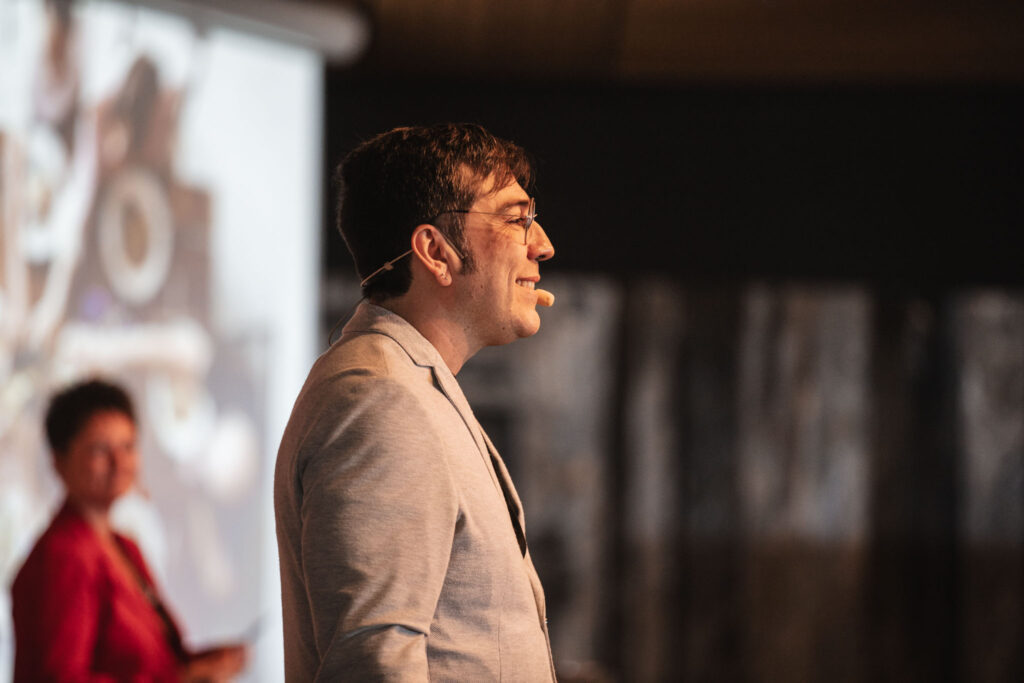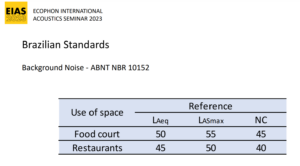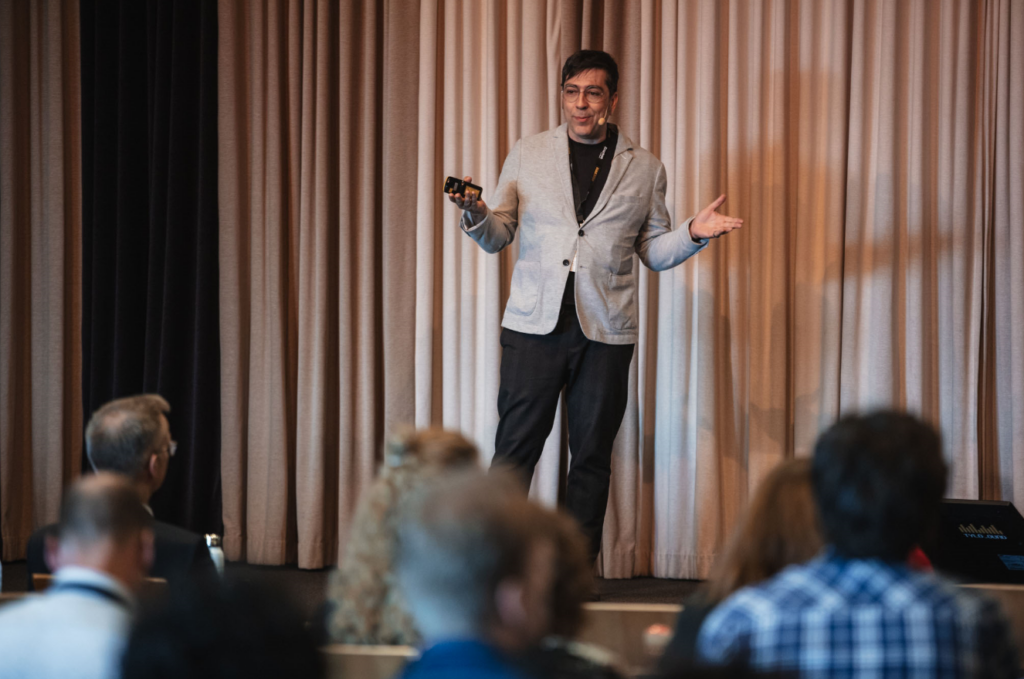
Brazil is known as a country with rich and varied gastronomy. Studies from 2022 indicate that there are about 736,000 restaurants in Brazil, and 56% were opened in the last three years. São Paulo, is the largest city in the country and was selected by Traveller’s Choice as the seventh-best gastronomic destination in the world. It is possible to find about 12,500 restaurants, with 52 different types of cuisine. Most of these restaurants do not have good acoustic conditions, and are considered very noisy. This condition worsens comfort, and according to studies, negatively affects even how we taste food.

At EIAS 2023 Marcos Holtz presented solutions implemented in some restaurants from São Paulo, with emphasis on a case study of a restaurant in operation, with the use of clean solutions and quick implementation.
Field tests of room acoustic parameters were carried out before and after the renovation. The acoustic comfort was evaluated by users after the renovation and some of the results are going to be presented.
What are the biggest challenges linked to a good acoustic environment? Design?
In restaurants, the results are entirely tied to architectural decisions. So all the acoustic solutions need to be in line with the architectural aspiration of the place. Hearing needs to be understood as part of the sensorial experience, such as taste, smell, touch, and seeing.
Hearing needs to be understood as part of the sensorial experience, such as taste, smell, touch, and seeing

Marcos Holtz
Director/Partner at HarmoniaCan you describe if there are any standards or if there any work ongoing?

There is just one standard for restaurants in Brazil, just for background noise. We have a new Acoustical Committee in Brazil to make standards for acoustics, so we hope to change the scenario in the next few years. The use of C50 (clarity) and SNR (signal-to-noise ratio) in the standards could be a good start.
Have you done some studies abroad to get a better understanding and ideas for the restaurants in Brazilian?
We are working in South and Central America on some projects, most of them are offices.
What was the biggest finding before and after?
After some years, our real problem is that people are still too much focused on visual aspects when we are in the design stages. Creating a way to hear the future results [of the location] could be the best way to make it clear how the restaurant will sound.
How have architects and restaurant owners responded to the results? Have they faced any challenges in implementing them in their designs?
Varies a lot, some of them are conscious about the problem and some need to feel, after the opening, the impact of the noise. The main challenge is to find a solution that could fit all the architectural demands, including acoustics, as a priority. Now that the materials have had a great evolution, with different textures and colours, this is important in projects related to sensorial experiences.

Bottalico, P., Lombard effect, ambient noise, and willingness to spend time and money in a restaurant. The Journal of the Acoustical Society of America (2018) 144(3) EL209-EL214.
Bronkhorst, A. W., The Coctail Party Phenomenon: A review of research on speech intelligibility in multiple-talker conditions, ACUSTICA, Vol. 86 (2000).

Watch Marcos’ presentation here and enjoy the interview here!
Read more about EIAS 2023 here!

